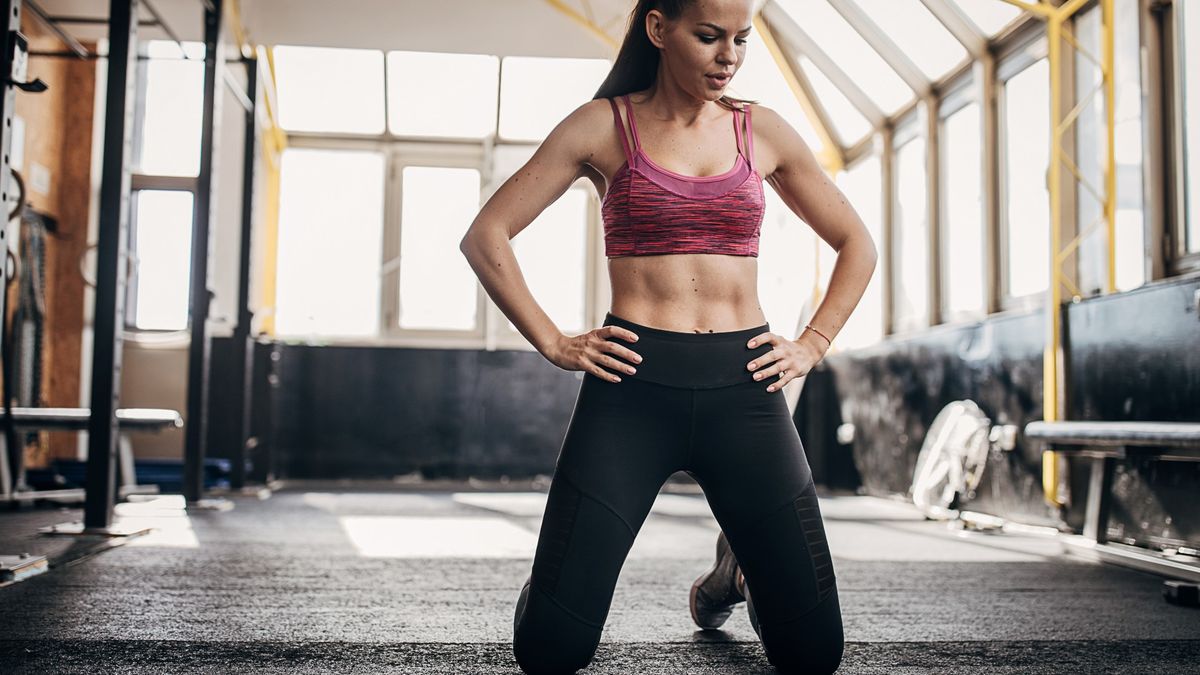Essential Hip Strengthening Moves to Alleviate Lower Body Tension
Hip Strengthening Moves for Lower Body Relief
When was the last time you gave a thought to your hips? If you’re like most people, they might just be the unsung heroes of your body, bearing the weight of daily activities while often getting neglected. Well, it’s time to give them some love! If you’re feeling a tug of tightness in your lower body, the key to alleviating that tension might just be found in some essential hip strengthening moves. Let’s dive into why facilitating hip strength is essential and explore a few exercises that can help!
Why Focus on Hip Strength?
Before we break down the moves, let’s talk about why they’re important. Your hips don’t just help you strut your stuff confidently; they provide stability, enable mobility, and are involved in almost every movement you make. Can you imagine trying to walk or dance without strong hips? It would be like trying to steer a ship with a flimsy rudder—chaotic and ineffective!
Moreover, strong hips can help ease tension not only in the hips but also in the back, knees, and even ankles. So, if you’re tired of feeling sore or stiff, let’s energize those joints!
Benefits of Hip Strengthening
- Improved Posture: Strong hips support your spine, leading to better overall posture.
- Pain Relief: Strengthening the hip muscles can alleviate discomfort in the knees and lower back.
- Increased Mobility: Regularly performing hip strength exercises can vastly improve your range of motion.
- Enhanced Athletic Performance: Whether you run, bike, or do yoga, strong hips can enhance your performance.
Essential Hip Strengthening Moves
Alright, enough chit-chat! Let’s roll up our sleeves and get down to some essential moves that promise to turn those tight hips into powerful—and happy—joints!
1. Glute Bridges
Why You Need It: Glute bridges not only target your glutes but also engage your core and lower back, bringing balance throughout your hip area.
How to Do It:
- Step 1: Lie on your back, knees bent, feet flat on the ground shoulder-width apart.
- Step 2: Place your arms at your sides, palms facing down.
- Step 3: Press through your heels and lift your hips towards the ceiling, squeezing your glutes at the top.
- Step 4: Hold for a few seconds, then lower down slowly.
Tip: Try to keep your shoulders relaxed and off the ground. Aim for 10-15 reps, and don’t be afraid to repeat this set a few times!
2. Clamshells
Why You Need It: This move is fabulous for targeting the hip abductors and glutes, crucial areas often overlooked in traditional workouts.
How to Do It:
- Step 1: Lie on your side with your knees bent at about a 90-degree angle.
- Step 2: Keep your feet together and lift your top knee while keeping your feet in contact with one another.
- Step 3: Lower your knee back down without allowing your hips to roll back.
Tip: Aim for 10-15 reps on each side for enhanced strength. You can use a resistance band around your knees for an extra challenge!
3. Lunges
Why You Need It: Ah, the classic lunge! Not only are lunges impressive for building strength, but they also improve balance and coordination.
How to Do It:
- Step 1: Stand tall with your feet hip-width apart.
- Step 2: Step forward with one leg, lowering your hips until both knees are bent at about a 90-degree angle.
- Step 3: Make sure your front knee stays aligned with your ankle, while the back knee dips close to the floor.
- Step 4: Push through the front heel to return to the starting position.
Tip: Mix it up with reverse lunges or side lunges for variety! Aim for 10-15 reps on each leg.
4. Side Leg Raises
Why You Need It: This move specifically targets the outer hips (abductors), helping to create a stable base for your lower body.
How to Do It:
- Step 1: Lie on your side with your legs extended straight and stacked on top of each other.
- Step 2: Raise your top leg toward the ceiling, keeping it straight.
- Step 3: Lower it back down slowly without letting it touch your bottom leg.
Tip: Perform 10-15 reps on each side. You can also add an ankle weight for additional resistance!
5. Standing Hip Circles
Why You Need It: Hip circles are dynamic and great for warming up your hip joint, adding flexibility while activating the stabilizing muscles.
How to Do It:
- Step 1: Stand tall with your feet hip-width apart.
- Step 2: Lift one leg off the ground, bent at the knee.
- Step 3: Draw circles in the air with your knee, completing 5-10 circles clockwise, then counterclockwise.
Tip: Keep your core engaged, and try this exercise in front of a mirror to maintain a good posture.
Stretch and Release
Don’t forget that stretching is just as vital as strengthening. After your hip workouts, take time to stretch these muscles properly. Try holding a pigeon pose or a figure-four stretch to ease out hip tension.
A Quick Recap
Incorporating these essential hip strengthening moves into your routine can help alleviate lower body tension, making your life much more fluid and enjoyable. It’s all about those small, consistent efforts! Here’s a bullet point recap for your convenience:
- Glute Bridges: Engage your glutes and core.
- Clamshells: Target hip abductors effectively.
- Lunges: Boost strength and coordination.
- Side Leg Raises: Focus on outer hips.
- Standing Hip Circles: Enhance flexibility and stability.
Conclusion
Whether you’re looking to improve athletic performance or simply want to relieve pesky hip tightness, incorporating these exercises into your routine is a solid strategy. Your body will thank you, and who doesn’t want to feel more mobile, balanced, and strong? So, why not take the plunge and begin your hip-strengthening journey today?
FAQs
1. How often should I do these hip exercises?
You can start with 2-3 times a week and progressively increase as you gain strength.
2. Can I do these exercises if I have an existing hip injury?
Always consult with a healthcare professional before starting any exercise program, especially if you have an injury.
3. How long will it take to see results?
With consistency, you can begin to feel improvements in your hip strength and comfort within 4-6 weeks.
4. Do I need any equipment to perform these exercises?
Nope! Most of these exercises can be done with just your body weight, but resistance bands can provide extra challenge.
5. What if I’m not flexible enough to do some of these stretches?
That’s completely fine! Modify your range of motion and work well within your own flexibility level, gradually pushing for improvement.







